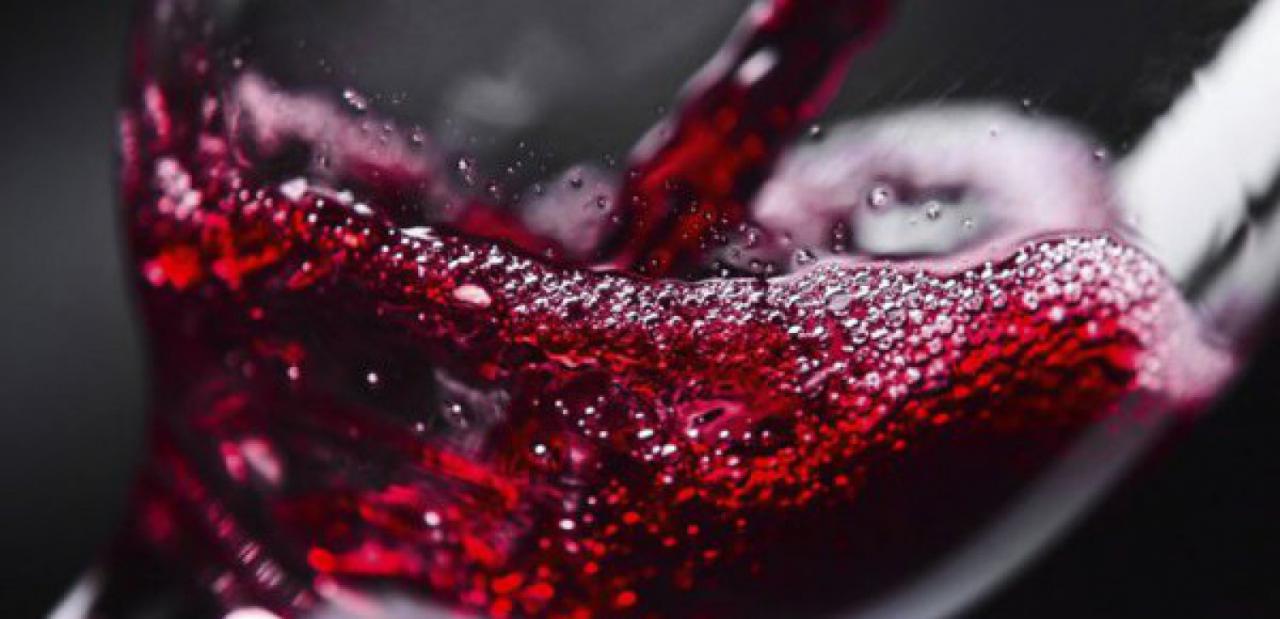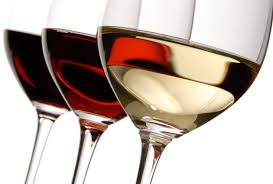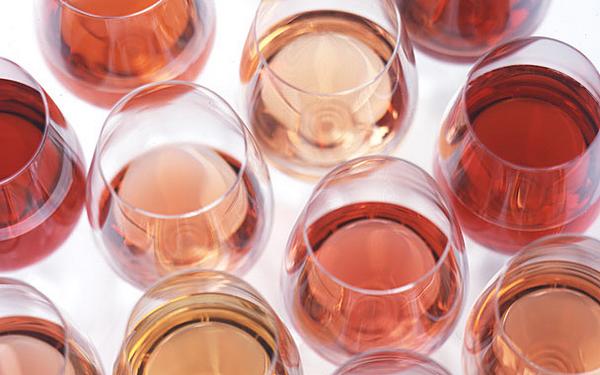A vertical wine tasting is when you taste several vintages of a given wine from a given winery to see how the wines have changed and developed. Understandably, it is a rare opportunity that few get to experience.
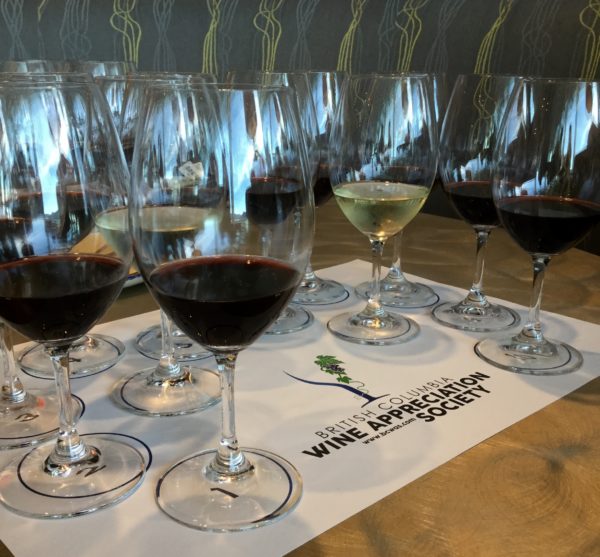
The members of the BC Wine Appreciation Society got that opportunity recently when Jeff and Niva Martin, owners of Naramata’s La Frenz winery, were in Vancouver to present a 10-year retrospective of Grand Total, a Bordeaux styled blend, from 2004 to 2013.
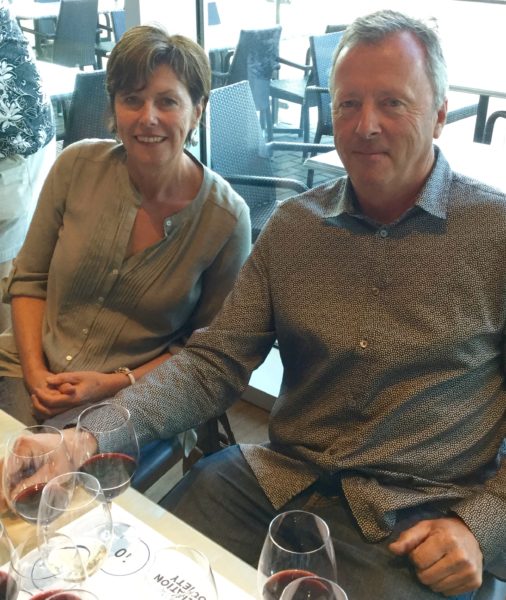
BCWAS president Brian Glaum related how he had first crossed paths with Jeff when Jeff was the winemaker at Quails’ Gate winery in the late 1990’s.
Jeff has clearly earned his chops as a winemaker, having started in 1977 with McWilliams winery in Australia. Five years later, he had earned his enology degree and by 1989 he was one of the chief winemakers at McWilliams. Then a vintage in Napa and a quick trip to BC exposed Jeff to North American winemaking. After a brief return to his homeland, he was back, having secured a short contract with Quail’s Gate winery in West Kelowna, which garnered them a lot of attention.
Niva also has deep roots in the wine industry. Her Italian parents had moved to Australia from the Veneto region and instilled in her the Italian appreciation of food and wine. She extended her winemaking experience by traveling to other International wine regions to learn all she could.
The beauty and potential of the Okanagan valley helped the Martins decide to stay in BC and in 2000 they opened their own winery, La Frenz in Naramata. La Frenz started off at 5000 cases a year and now produces 12,000, 80% of which come from estate grown grapes. Three of their four vineyards are in Naramata including the adjoining ‘Freedom 75’ vineyard, which they were able to buy for a good price after the 2008 economic downturn. This 16-acre vineyard is home to Chardonnay, Riesling, Muscat and Roussanne. The Martin’s purchased the ‘Rockyfeller’ 10-acre vineyard in Oliver in 2006 for their later ripening red wines including Malbec, Cabernet Sauvignon, Shiraz, Cabernet Franc and Petite Verdot.
We began the evening with two of their white wines before moving on to the red flight. ‘Ensemble’ is a Bordeaux styled white wine made from 70% Sauvignon Blanc and 30% Semillon which spent eight to ten months sitting on their lees in neutral French oak barrels. The Sauvignon Blanc dominates the nose and palate, with racy bright lime, mineral and herbal notes. It has good body, is crisp and very well balanced. The flavours echo the nose and are followed by a medium-long finish. Very impressive and age worthy for those with patience. $25
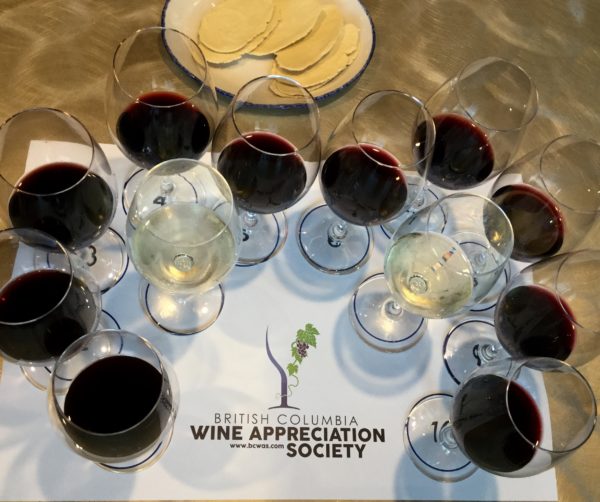
The second wine was their Reserve Chardonnay. The grapes for this wine come from four different vineyards, which helps to give the wine its complexity. It was rich with lots of fruit, melon, apple, spice vanilla, butter, well-integrated oak and fruit. Well balanced with refreshing acidity. It spent fifteen months in French barriques, 60% of which were new. Barrel fermentation provides the wine a creamy texture. Again, another wine that will continue to improve for up to ten years. $29
When questioned about what he thought was the best varietal for the Naramata Bench, Jeff mentioned that there are so many microclimates on the Bench that it’s not going to be known for doing one grape best as they can grow anything there. Indeed, the best thing about the Okanagan as a whole is its variety and diversity. This is its strength. It is a north to south region, which varies greatly in its 175 kilometres.
He also referred to a study the Summerland Research Station did a few years ago where they looked at all the silver and gold medals awarded to BC wines and then sorted them by varietal and region. The Naramata Bench came out on top for all varietals.
About six years ago, some biodynamic producers from France, New Zealand and California toured the region and the first thing they did was to smell the soil. Jeff noted that the wines these people brought with them showed something special, a sense of place. That is when he decided to change his vineyard practices and allowed his grass to grow high so their roots would go down deeper. He also minimized products used in the vineyard and worked to improve the microbial health of his soil and thus the quality of his grapes. Living soil with all its worms and bugs and microbes is very important. As he states, structured soil produces structured grapes.
La Frenz is not biodynamic, but it is farmed naturally. Jeff was initially sceptical, but is now a firm believer. It is wonderful when you can do less and have better fruit. He has not watered nor fertilized in five years. Canopy management, he added, is also crucial for quality grapes as it allows airflow through the bunches and just the right amount of sunshine to reach the grapes.
With questions out of the way, it was on to the main event. Not only did these wines show vintage variations, but also changes in vineyards and in blends. The first three vintages, 2004 to 2006, were Cabernet Sauvignon dominant and came from the sandy soil of the Black Sage region. The next five wines, 2007 to 2011 were made from younger vines and included some Malbec and Petit Verdot. The final two, 2012 and 2013, were mostly Merlot and were made from low cropped small berries which gave a greater skin to juice ratio.
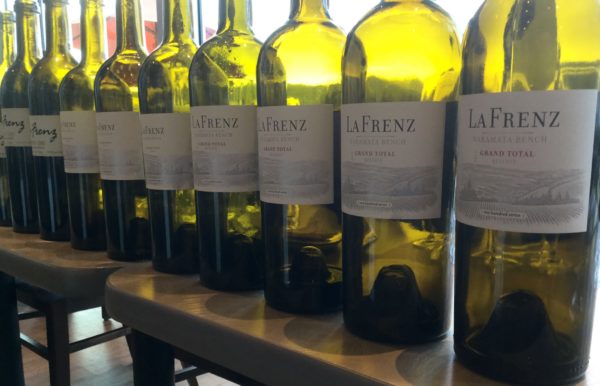
I was quite impressed with the 2004, which was showing nicely with lots of secondary aromas of cedar, leather, tar and soy. To my taste, the 2006 was even better and the 2013 showed considerable density. If you have some of this vintage, hold on to it for a while, as it will age very nicely. However, when the audience was polled, there was little consistency as to favourites.
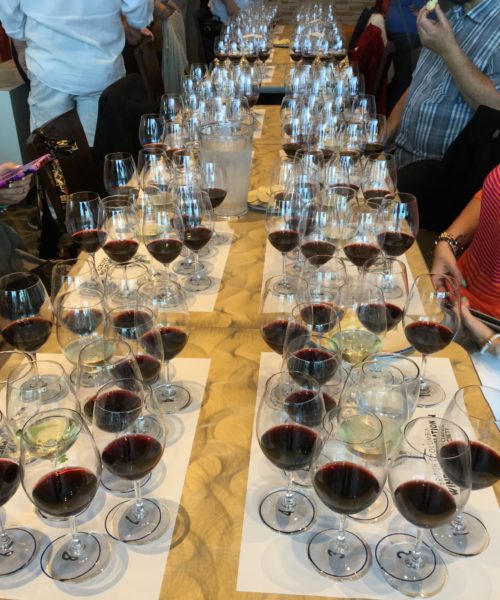
Here are the winery’s tasting notes for the 2013 which is currently available for $45:
Commanding and complex, the Grand Total Reserve is a cellar-worthy wine that is the pinnacle of our Bordeaux program. Like previous vintages, it continues to offer a well-balanced wine in a robust yet refined style that “big red” connoisseurs have come to covet from us year after year.
This wine is concentrated and inky with aromatics of dried dark berries and leather on the nose. These notes follow through on the velvety palate with further layers of chocolate covered cassis, nuts, vanilla rooibos and espresso beans. For the 2013 Grand Total Reserve, all the varietals were cropped at one bunch per shoot, achieving under three tons per acre. This result is incredible flavour intensity across all three Bordeaux varietals used – Merlot (58%), Cabernet Sauvignon (25%) and Cabernet Franc (17%). The single varietal aging both in barrel (50% new French) and in bottle followed by the careful multi-varietal blending achieves an overall heightened elegance and complexity. The dense concentrated flavours combined with the fine-grained tannins and never-ending finish will satiate even the most discerning palate.
The depth in structure will allow the wine to age comfortably for up to 10 years from the release, under ideal cellaring conditions.
When asked how recent vintages are looking, Martin stated that 2014 was an amazing year, probably the best he’s seen in over twenty years in Canada. 2015, he continued, despite the record heat, had cool weather in September, which was good for the grapes and made for a good vintage. And so far, 2016 is ten days ahead of last year.
Jeff reports that the growing conditions for the last three years have been amazing, so keep you eyes out for the 2014 thru 2016 vintages. No wonder La Frenz has been the recipient of three International Winery of the Year Awards.


